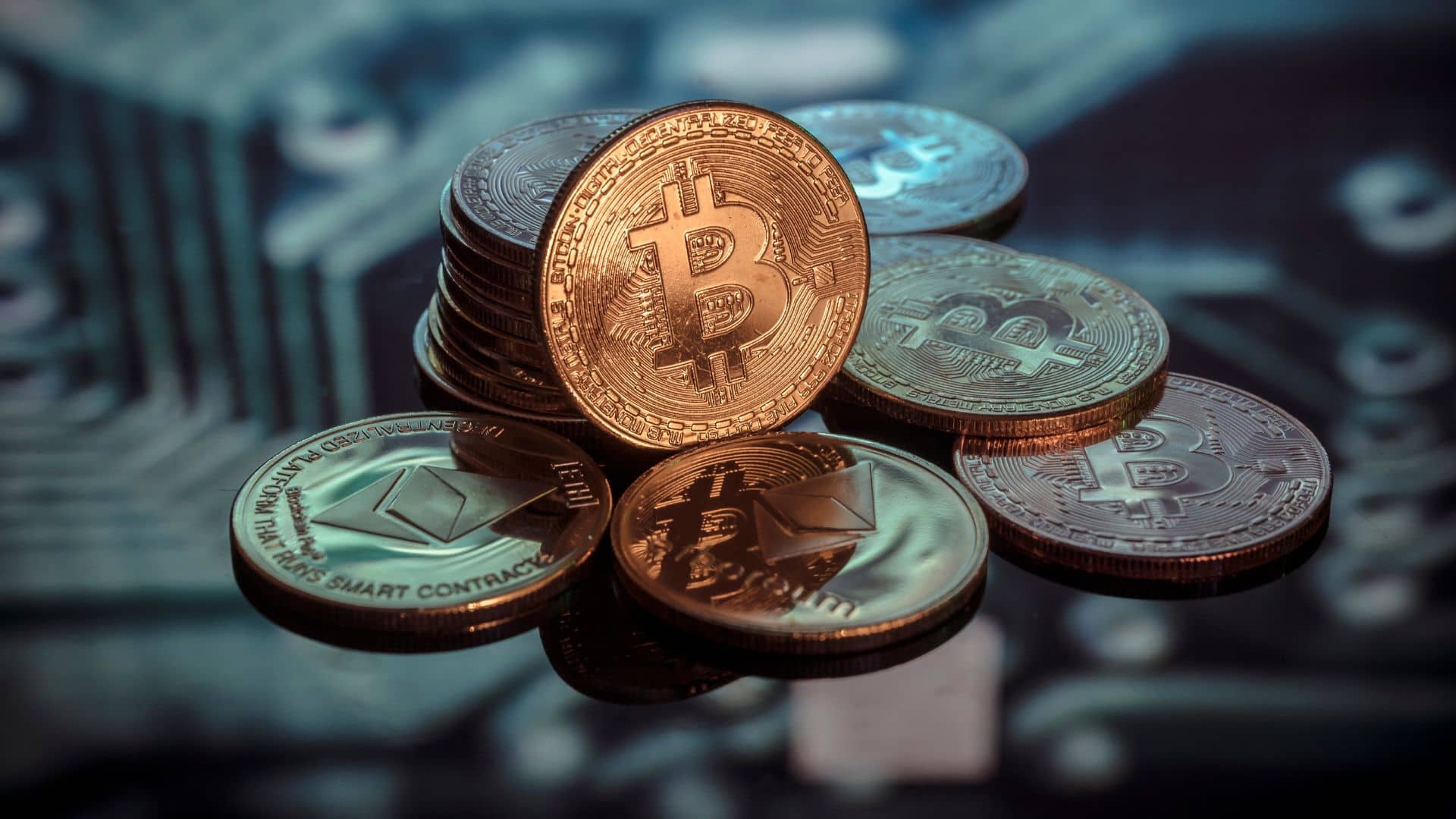Bitcoin has become a global phenomenon, transforming the way we perceive money and handle financial transactions. It’s a digital currency that enables decentralized, borderless payments without the need for traditional banking systems. However, for beginners, the process of purchasing Bitcoin can feel daunting. Where do you begin? How can you ensure the safety of your investment?
This guide is designed to help you navigate the process, step by step. Whether you’re exploring cryptocurrency for the first time or planning a major investment, learning the fundamentals and following these steps will provide a safe and seamless experience.
Step 1: Understand Bitcoin Basics
Before diving into Bitcoin investments, it’s important to grasp the fundamentals of what Bitcoin is and how it functions.
What is Bitcoin?
Bitcoin is a decentralized digital currency introduced in 2009 by an anonymous creator known as Satoshi Nakamoto. Unlike traditional currencies, it operates on a peer-to-peer network, enabling transactions directly between users without involving banks or intermediaries.
How does Bitcoin work?
Bitcoin transactions are logged on a public ledger called the blockchain. This technology ensures transparency, security, and permanence. Transactions are verified by miners who solve complex algorithms, adding the transactions to the blockchain and earning Bitcoin as a reward.
Why is Bitcoin valuable?
Bitcoin’s value is derived from its finite supply—only 21 million Bitcoins will ever exist. This scarcity, combined with rising demand, has made it a popular choice as a store of value and a hedge against inflation.
Step 2: Choose a Bitcoin Wallet
A Bitcoin wallet is essential for securely storing your cryptocurrency. Think of it as a digital safe for your Bitcoin.
What is a Bitcoin wallet?
A Bitcoin wallet is a tool—either software or hardware—that allows you to store, send, and receive Bitcoin. Each wallet includes private keys, unique codes that grant access to your funds.
Hot Wallets vs. Cold Wallets
- Hot Wallets: These are connected to the internet, making them convenient for frequent transactions but more vulnerable to cyberattacks.
- Cold Wallets: These operate offline, such as hardware wallets, offering enhanced security and better suited for long-term storage.
Top Bitcoin Wallets
- Hot Wallets: Trust Wallet, Exodus, Coinbase Wallet.
- Cold Wallets: Ledger Nano X, Trezor Model T.
Step 3: Choose a Bitcoin Exchange
Bitcoin exchanges are platforms where buyers and sellers trade cryptocurrencies. Selecting a trustworthy exchange is crucial for a positive experience.
What is a Bitcoin exchange?
A Bitcoin exchange is an online platform that allows users to buy, sell, and trade Bitcoin with other currencies. It’s similar to a stock market, but for digital assets.
Factors to consider when choosing an exchange
- Fees: Look for competitive rates for trading and withdrawals.
- Reputation: Read user reviews and check the exchange’s track record.
- Ease of Use: Opt for platforms with a simple and intuitive interface.
Best Bitcoin exchanges
Top exchanges include Binance, Coinbase, and Kraken, each offering unique features to cater to different preferences and needs.
Step 4: Create Your Account
After selecting an exchange, the next step is to set up your account.
Account creation process
- Visit the exchange’s website or download its app.
- Click “Sign Up” and provide your personal details.
Identity verification
Most exchanges require you to verify your identity by uploading a government-issued ID. This ensures compliance with regulations and strengthens account security.
Securing your account
To protect your account, enable two-factor authentication (2FA) and set a strong, unique password.
Step 5: Fund Your Account
To purchase Bitcoin, you’ll need to deposit money into your exchange account.
Funding methods
Most exchanges accept various funding options, including bank transfers, credit/debit cards, and PayPal. Choose the one that’s most convenient for you.
Understanding exchange fees
Be aware of platform-specific fees for deposits, trades, and withdrawals. These can vary widely.
Tips to avoid extra charges
- Avoid using credit cards with high-interest rates.
- Plan your transactions to minimize currency conversion and processing fees.





